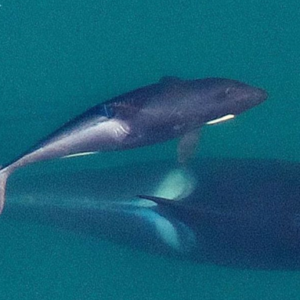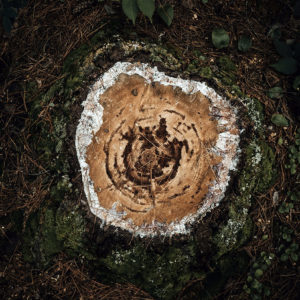Plight of the Piping Plover
Last week Canadians learned that in parts of Atlantic Canada the endangered Piping Plover (Charadrius melodus melodus) is not recovering as well as expected. Numbers from the 2011 International Piping Plover Census in the region revealed that numbers declined 7% since 2010, leading to an overall decline of 14% since the early 1990s. This puts the Atlantic melodus population below the 2011 recovery target of 510 individuals, or 255 pairs. A total of 427 individuals was recorded throughout the region in 2011.
The Piping Plover is actually represented by two subspecies in Canada: the melodus subspecies on the Atlantic coast, and the circumcinctus subspecies in the mid-western interior of the continent. On the Atlantic coast the melodus population faces a number of threats including loss and degradation of nesting habitat, human disturbance (direct and indirect), harassment by domestic pets and recreational vehicles on beaches, increased predation, severe weather and abnormal tides, among others. Visit the Species At Risk Act Public Registry to learn more.
Several years ago I managed a recovery and stewardship program for Piping Plovers in southwest Nova Scotia. That program has evolved and continues today (picture above) as part of a province-wide effort coordinated by Sue Abbott at Bird Studies Canada (our Canadian co-partner in BirdLife International).
Earlier this summer my family vacationed in southwest Nova Scotia and had an opportunity to visit some of the Piping Plover nesting beaches found in the area (picture to left). It was a wonderful opportunity for me to see the real benefits of about 20 years of effort to recover the species and educate people about its plight. That effort was put in by many individuals and organizations, including many dedicated volunteers across the region. But as last week’s report indicates, the increase in Piping Plover numbers in southwest Nova Scotia was not mirrored in other parts of the region.
Revisiting some of southwest Nova Scotia’s plover nesting beaches reminded me of the many complex threats faced by species at risk. It underscored for me the importance of effectively stewarding and/or protecting the remaining habitats – especially the critical habitats – of these species and finding ways to restore those habitats throughout the species’ historic range, whenever possible. Imperiled species such as the Piping Plover especially need to be free of human disturbance and other threats that ‘piggy-back’ on us – like pets roaming on beaches, coastal development, litter, etc. – so they have a fighting chance to deal with the many threats they naturally face, like predation and severe storms. And that leads me to a piece of great news in this otherwise unsettling story.
On August 6th the Nova Scotia Nature Trust announced the acquisition and protection of 33 acres of coastal lands at Crow Neck Beach, a beach in southwest Nova Scotia that supports more pairs of Piping Plovers than any other beach in the province. Crow Neck Beach (picture to right) is also part of the nationally significant South Shore (Roseway to Baccaro) Important Bird Area, which is also a key stopover site for thousands of migratory waterfowl and shorebirds. This is excellent news for Piping Plovers and other feathered friends!
All photos by A. MacDonald
Note: My Piping Plover photo was taken at a safe distance using optical + digital zoom.



